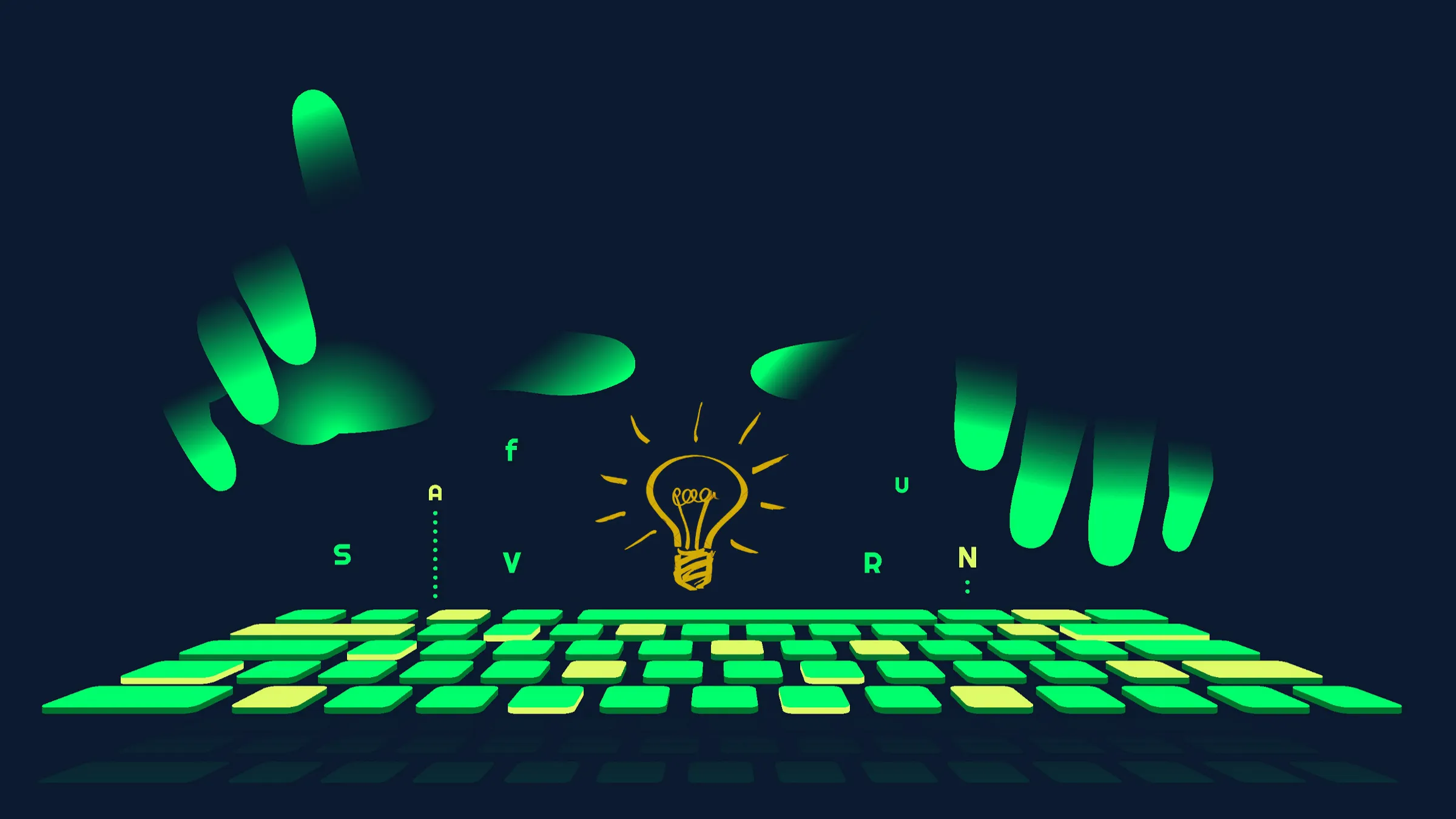Physical Address
304 North Cardinal St.
Dorchester Center, MA 02124
Physical Address
304 North Cardinal St.
Dorchester Center, MA 02124

In the age of AI, the way you ask questions matters more than ever. Prompt engineering is the art of crafting inputs (prompts) that guide AI models—like ChatGPT, Claude, Gemini, and Copilot—to deliver better, faster, and more accurate responses.
Whether you’re a developer, content creator, marketer, or student, learning prompt engineering can dramatically boost your productivity and help you unlock the true power of AI.
A well-crafted prompt can:
In short, bad prompt = bad results. Good prompt? Game-changer.
Here are some proven prompt engineering techniques to help you get better answers from ChatGPT and other LLMs:
Example:
You are a tech recruiter. Rewrite my LinkedIn summary to sound more professional and concise.
Why it works:
You’re setting a context and assigning the AI a specific role.
Example:
Explain how neural networks work in 3 simple steps using a food analogy.
Why it works:
It breaks down complex ideas and encourages structured reasoning.
Example:
Categorize the following:
- ‘This is amazing!’ → Positive
- ‘I hated it’ → Negative
- ‘I would consider coming again’ →
Why it works:
You give examples and let the model learn the pattern.
Example:
Let’s solve this logically step by step: Why does increasing model depth improve learning?
Why it works:
It guides the AI to reason out loud before finalizing an answer.
Example:
Summarize this article in exactly 5 bullet points, each under 12 words.
Why it works:
Gives clear structure and output expectations.
| 🎯 Goal | ✅ Prompt Structure |
|---|---|
| Content Writing | Write a friendly blog post in 500 words on [topic] |
| Summarizing Text | Summarize this email in 3 bullet points for a team lead |
| Learning Concepts | Explain [topic] like I’m 12 years old |
| Coding Help | Fix this error in my Python code and explain the issue |
| Data Conversion | Convert this table into a JSON object with keys X, Y, Z |
Fix:
Act as a blog writer. Summarize the following text in 100 words using simple English.
| Tool | Use |
|---|---|
| AIPRM | Prompt templates for ChatGPT |
| FlowGPT | Community-shared prompts |
| PromptHero | Explore best prompts for GPT, Midjourney |
| n8n / Zapier | Automate AI workflows (e.g., auto-blog or email replies) |
| Use Case | Prompt Example |
|---|---|
| Software Developer | Act as a senior C# developer. Review this code and suggest 3 optimizations. |
| Marketer | Generate a social media calendar for a skincare brand, focused on Gen Z, for 30 days. |
| Teacher | Create a quiz with 5 MCQs on Newton’s laws for 8th-grade students. |
| Student | Explain the difference between classical ML and deep learning using real-life examples. |
| Startup Founder | Generate a pitch deck outline for an AI-based food delivery app. |
Prompt engineering isn’t just a technical trick — it’s about understanding how AI “thinks.”
AI models like ChatGPT are trained on huge datasets from books, websites, and forums. When you enter a prompt, you’re not issuing a command—you’re triggering a pattern prediction engine.
So when you say:
“Write a story about a dragon…”
The AI searches its training memory for patterns that usually follow that phrase. By providing more specific, well-structured prompts, you help the model narrow down its prediction space — making responses more relevant and usable.
Prompt engineering isn’t limited to ChatGPT. Tools like DALL·E, Midjourney, Leonardo.ai, and RunwayML also rely heavily on prompt quality.
For example:
A futuristic robot chef cooking on Mars, ultra-realistic, cinematic lighting
→ Works better than just Robot cooking.
For AI video generation:
A short ad for a smartwatch featuring a runner in the forest, slow-motion, 4K quality
→ Gives structured visual output.
This makes prompt engineering a creative super skill for marketers, designers, and content creators.
AI models will increasingly understand vague language, reducing need for overly specific inputs.
You can combine text, images, voice, and video in a single prompt.
AI will start suggesting optimized prompts based on your goals.
Startups are building entire apps using prompt chains with tools like LangGraph, CrewAI, and GPT Agents.
Prompt engineering is the bridge between humans and AI. With a few tweaks in how you write prompts, you can:
Mastering prompt engineering is not just helpful — it’s essential for working with AI in 2025 and beyond.
✨ Remember: AI doesn’t get tired — but your prompt decides whether it gives you gold or garbage.
Detailed and Easy to follow